Delicious Italian Food in the Japanese Countryside
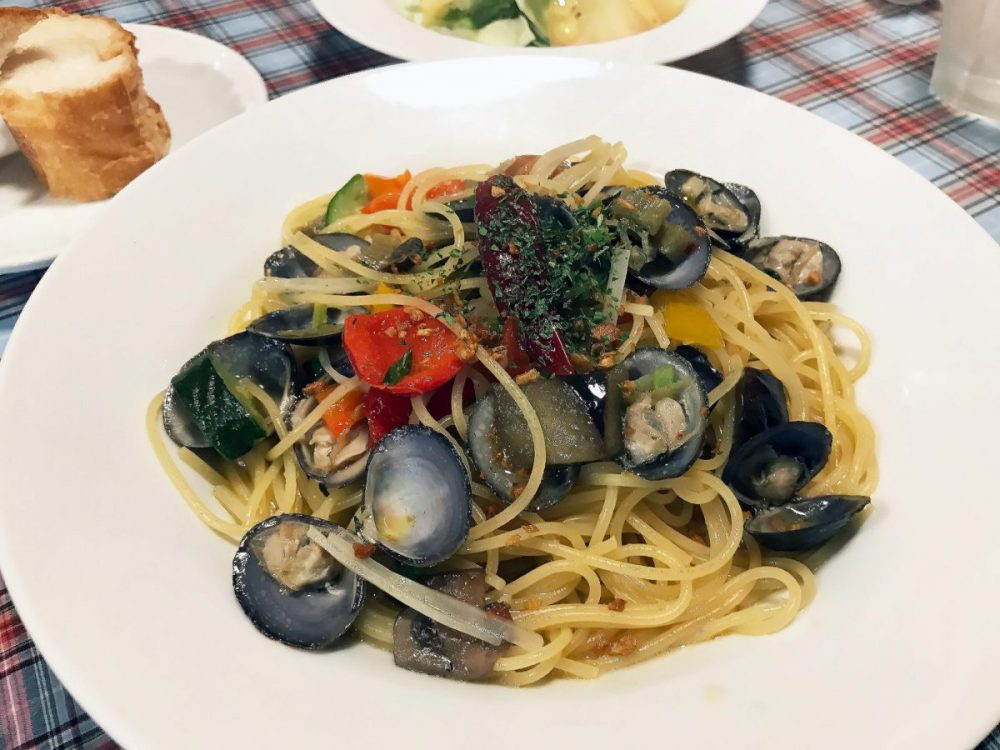
When you think of Japan and its cuisine, what comes to mind? Sushi? Ramen? Maybe some of the Japan veterans reading this will be thinking of set meals, gyudon or other delicious foods. You wouldn’t be wrong to think of any of those things, but there’s more to Japan than just Japanese food. No matter how delicious Japanese food may be, sometimes a bit of variety is also nice. Much like Australia, Japan is fortunate enough to boast a wide range of cuisines. How about Italian? Italian food is quite popular throughout Japan. Even out in the Japanese countryside you can find delicious and pretty authentic Italian cuisine. Not only is that cuisine authentic, but it often uses local ingredients. Today we’ll be visiting Sasso Nero in Aomori Prefecture’s Kuroishi City. Sasso Nero uses high quality local ingredients to make not only authentic Italian cuisine, but also makes Italian inspired dishes using ingredients not normally found in Italy.
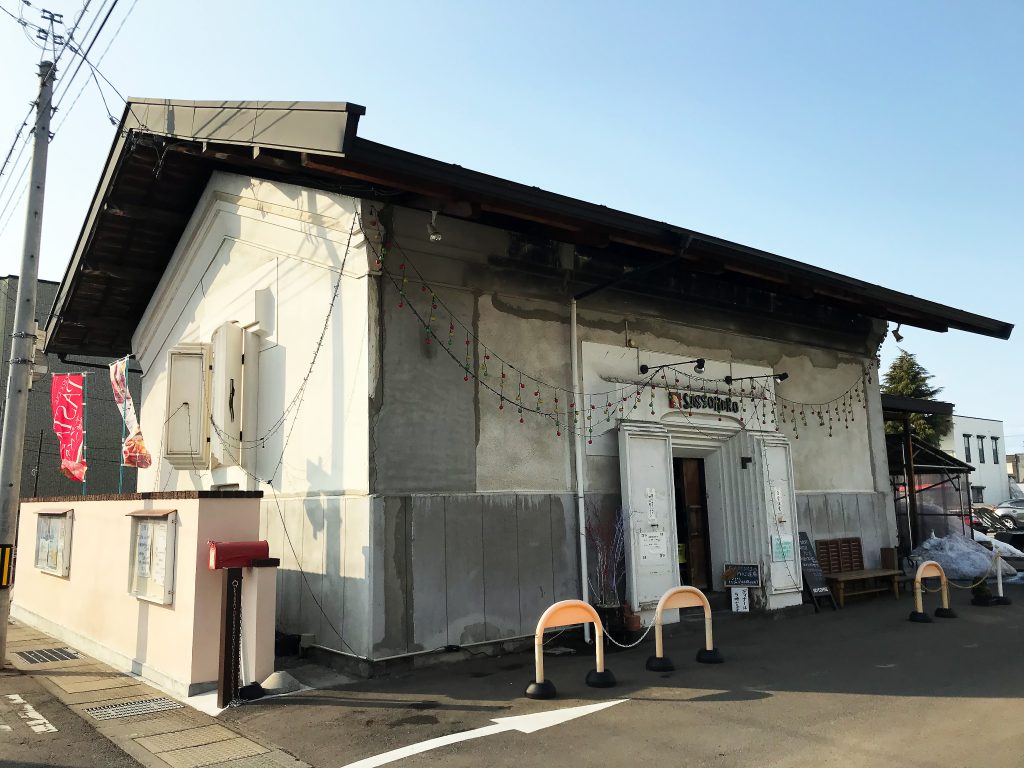
Kuroishi born chef and owner Mr Kudō, started Sasso Nero in Kuroishi about 10 years ago, after spending 30 something years living in Tokyo learning how to make authentic Italian cuisine. His quest to learn started long ago, when he was exposed to spaghetti while working part time in Tokyo. Since then, he has spent much time researching and honing his craft. Self-taught, Mr Kudō intensively studied Italian cuisine, which of course included trips to Italy to try the real deal. After all that time in Tokyo, including time spent running Sasso Nero in Tokyo, Mr Kudō decided to return to Kuroishi and bring Sasso Nero with him. While providing delicious Italian cuisine, Sasso Nero also celebrates Kuroishi and its culture.

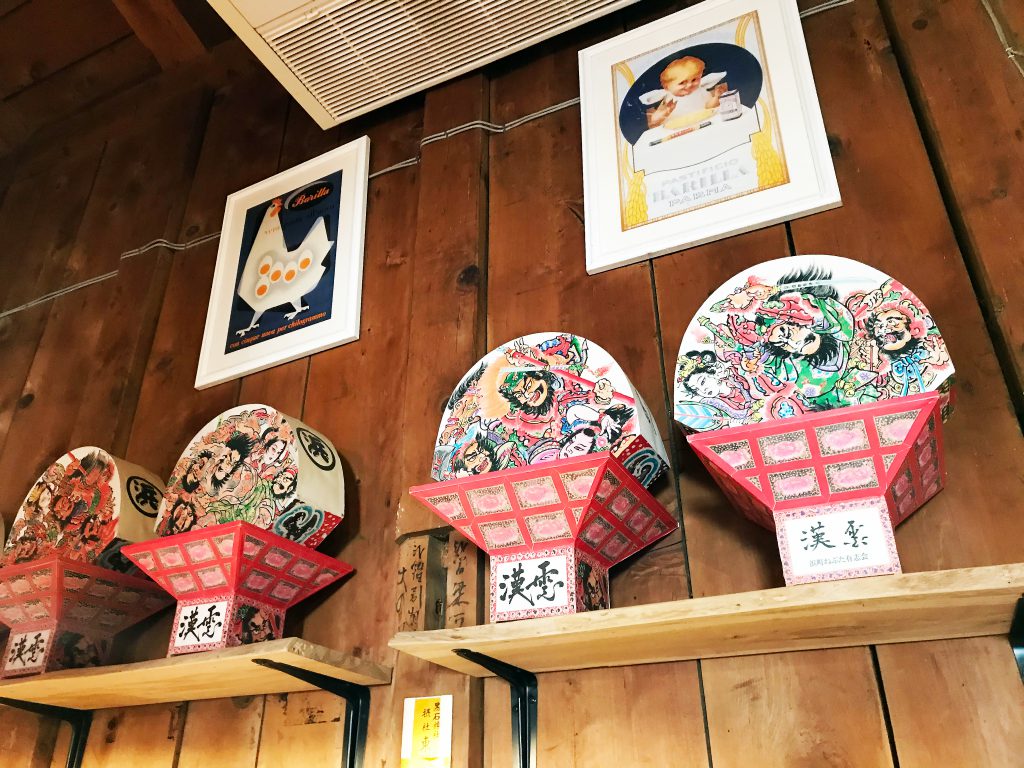
The celebration starts with the restaurant’s name. Kuroishi means “black stone” in Japanese. Sasso Nero means “black stone” in Italian. It doesn’t end there, though. Sasso Nero also takes a piece of Kuroishi’s history and turns it into something modern. The restaurant is situated inside an old storage cellar. Such storage cellars, of which many are still used today, are used to store large amounts of produce such as rice and miso. Being a more rural, agriculture focused area, such storage cellars have played a rather important role in Kuroishi throughout history. Large, solidly designed storage cellars that have stood for decades can be seen scattered throughout the city.
The beams and overall structure of the former storage cellar are still visible inside, but the atmosphere inside is cosy – almost homelike. An old storage cellar is an unusual place to run a restaurant though. Aomori isn’t as densely populated as places like Tokyo, meaning that the kinds of buildings available for restaurants differ too. Rather than opening up shop in a former ramen restaurant or convenience store, Mr Kudō thought it would be better to renovate an old storage cellar and use that instead. A restaurant inside a storage cellar isn’t as common and definitely allows for a greater impression and a much different atmosphere to be created. The inside of the restaurant shows parades part of Kuroishi, with models of Neputa floats (the floats are part of a big traditional summer festival in Kuroishi) decorate the restaurant.

Sasso Nero specialises in providing authentic Italian cuisine made with local ingredients. If you have read some of the other articles here, you’d know that Aomori prefecture is known for its apples. Aside from apples, Aomori is also well known throughout Japan for its high quality seafood. Priding themselves on using local ingredients in their dishes, we opted to go with recommendations that highlight some of Aomori’s local catches – a spaghetti alle vongole (clam spaghetti), and an off the menu creamy scallop pasta.
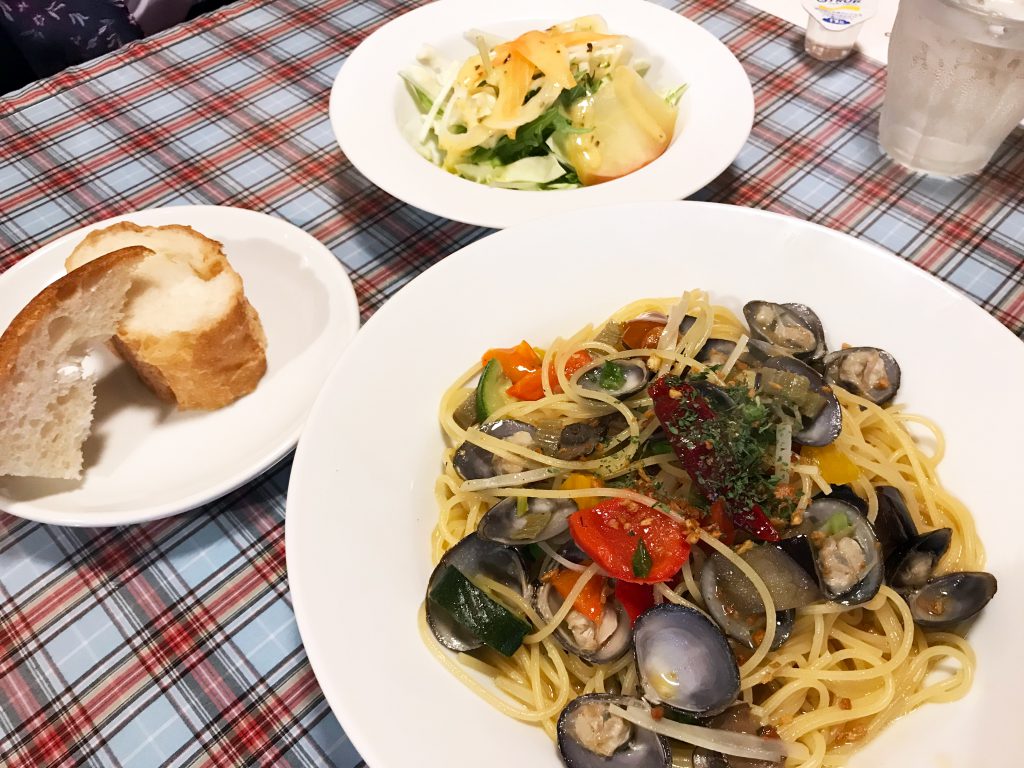
Let’s talk food. The spaghetti alle vongole was the chef’s recommendation. I opted for an in bianco version, seasoned with oil, garlic, capsicum, chilli and garnished with parsley, but there is also an in rosso (tomato based) offered. As depicted in the picture, the clams were the real highlight of the dish. Spaghetti alle vongole abroad is served with the clams of the area. In Europe, clams such as the palourde clam are common. In America, cherrystone clams can be used. In Japan, the two major types of clams are asari (a saltwater clam) and shijimi. These were fresh shijimi. Shijimi are brackish water clams that are well known throughout Japan. The clams here were harvested within Aomori prefecture from Lake Jusanko, which is famous for its high quality shijimi. This dish was delicious. Upon taking my first bite I was rather surprised, to be honest. Japan sometimes has a bit of a reputation for not doing western foods justice (I’ve seen some pretty poor examples of fish and chips, for example), but it wasn’t the case here. The pasta was cooked to perfection, and the sauce was done well too. It was properly emulsified and was seasoned nicely. The fresh clams were delicate and had a great natural flavour.
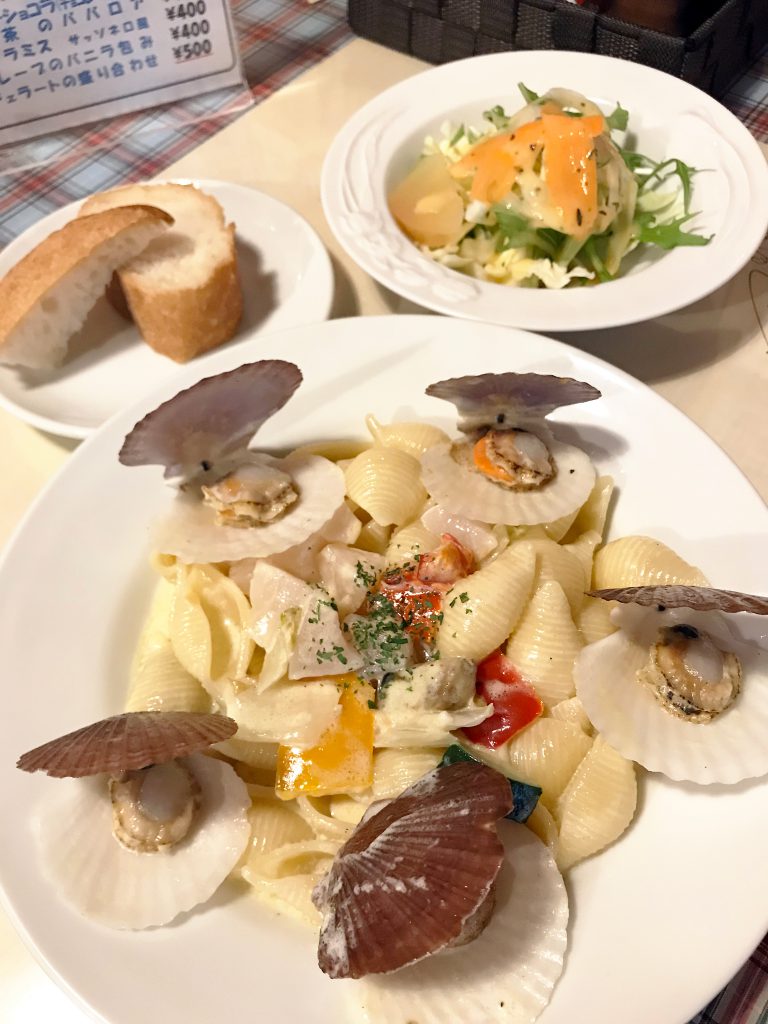
This dish – a creamy pasta served with fresh Aomori scallops – on the other hand is not specifically on the menu, but was suggested by the chef. It had just the right amount of everything, and the sauce only served to improve the flavour of the scallops. Unfortunately, it wasn’t mine to eat, so I didn’t get to finish the whole thing. I sure wish I did though.
Being an Italian restaurant in Japan, Sasso Nero doesn’t just offer strictly Italian cuisine. Japanese inspired dishes are also available should one wish to eat something a little different. One item on the menu that stood out the most to me was the curry pasta. Japanese curry is made with a roux and typically uses a spice blend that has a distinctly more western taste. This is because Japan’s curry influence actually came from the British, during the time when India was a British colony. It’s a great thing too, as it really expresses the Japanese culinary approach. Taking all sorts of different things and mixing them together to make something new. The menu also has countless other Japanese inspired dishes. All in all, despite not serving Japanese cuisine, Sasso Nero certainly provides an authentic Japanese experience.
